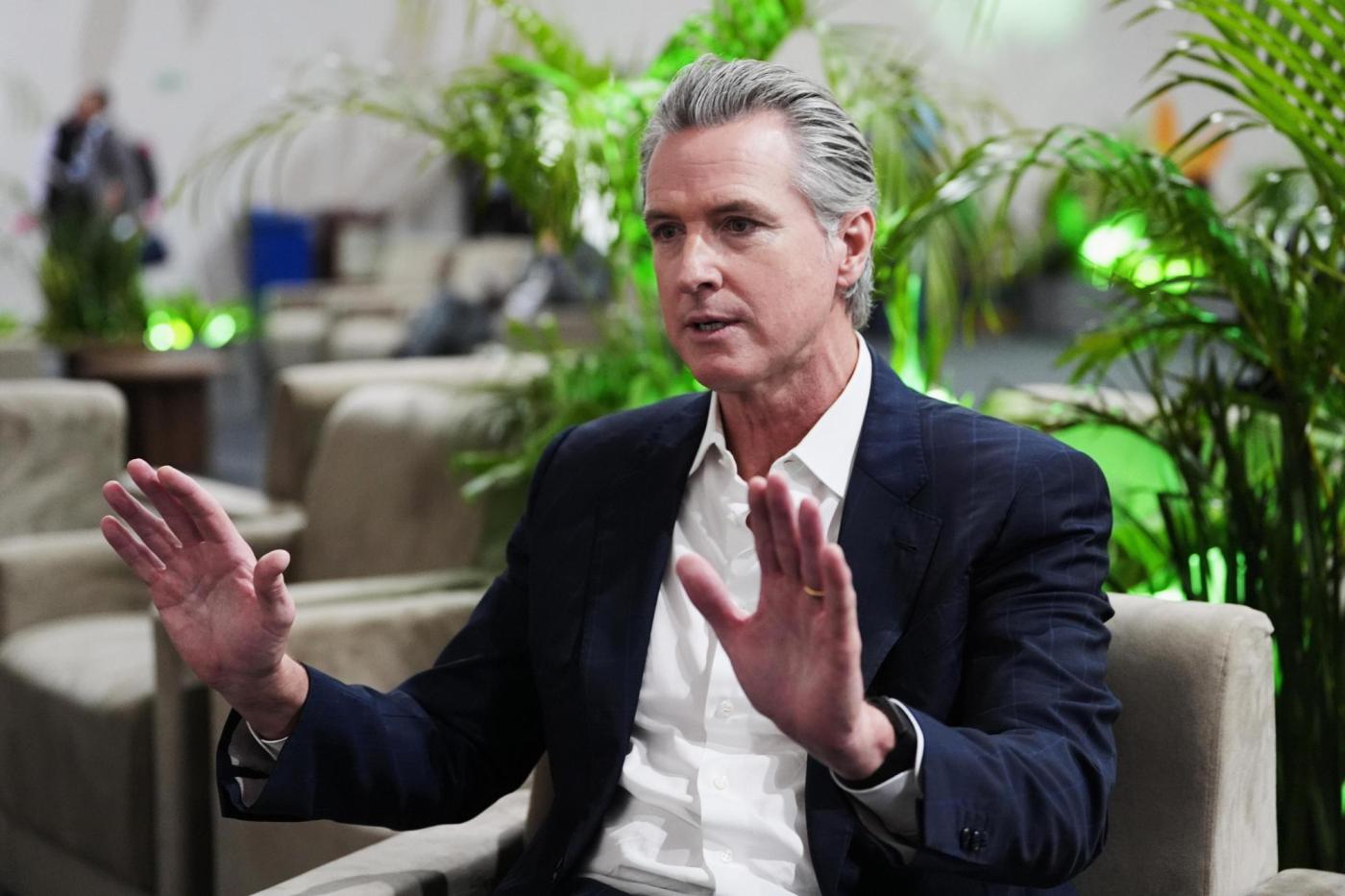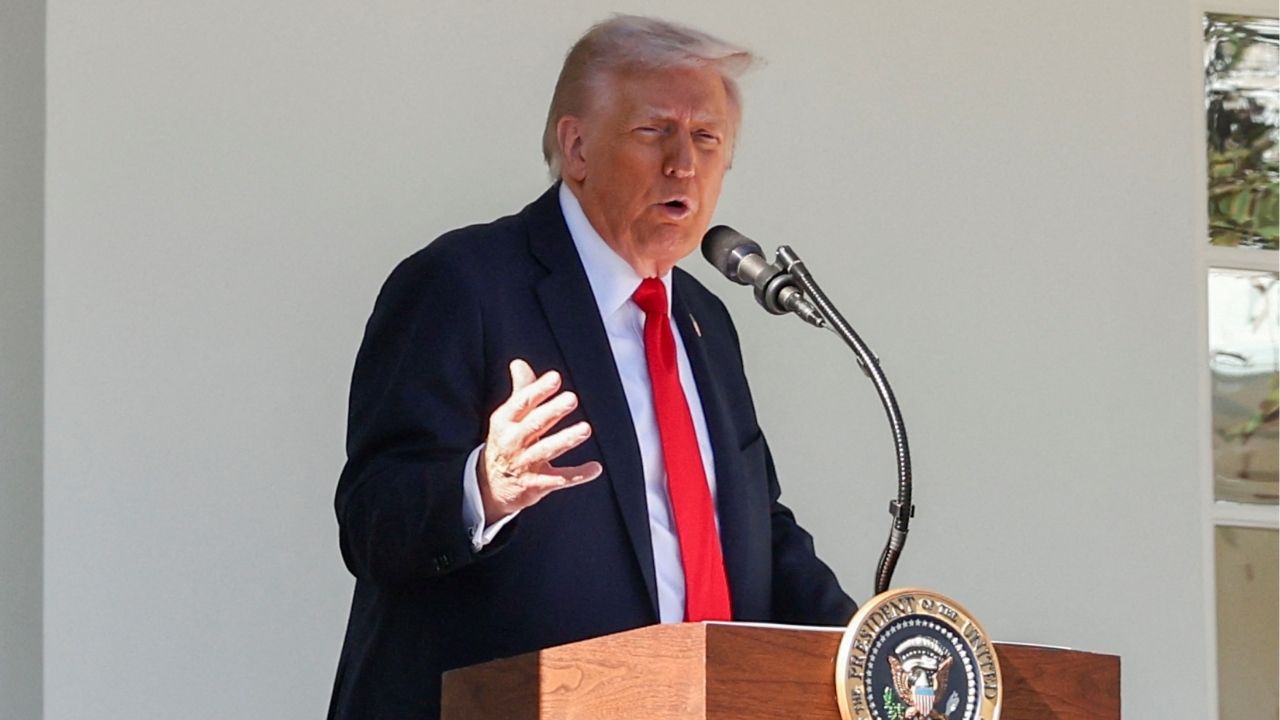California is confronting a significant budget crisis, with the state projected to face an **$18 billion deficit** next year, escalating to **$35 billion** by the following year. The **Legislative Analyst’s Office** attributes this financial shortfall to California’s expenditures exceeding its revenues. As discussions intensify around potential solutions, the state’s finances are under renewed scrutiny.
Governor **Gavin Newsom** has proposed several strategies to address the budgetary challenges, ranging from controversial measures to more straightforward solutions. One prominent suggestion comes from the group **Californians United for a Responsible Budget**, advocating for the closure of additional state prisons. The argument rests on the staggering cost of incarceration; the state spends approximately **$127,800** annually to incarcerate a single individual. With about **94,000** people currently in prison, the financial burden has become unsustainable, according to the **Public Policy Institute**.
During a visit to the **San Quentin Rehabilitation Center** in March, Newsom acknowledged the failures of the current system and expressed a desire for transformative change. He emphasized the need to shift focus from mere incarceration to rehabilitation, highlighting that investing in educational and vocational training for incarcerated individuals can ultimately benefit the state’s economy.
Faith organizer **Ipyani Lockert** of the **Interfaith Movement for Human Integrity** underscores the financial implications of the current system. “The cost to incarcerate a healthy person is over **$130,000** a year,” Lockert stated. “In comparison, housing a family of four would cost less than **$40,000** a year. So why do we continue to invest in a system that is not enriching our community, more so hurting our community?”
Opponents of prison closures argue that reducing the number of facilities jeopardizes public safety. Following the recent passage of **Proposition 36**, which increased penalties and accountability for offenders, some lawmakers, including Assembly member **David Tangipa**, advocate for maintaining essential services. “We should be spending money on safety, affordability, and reducing the cost of living by getting government out of the way, not by shutting down essential services,” Tangipa remarked.
Despite these concerns, Newsom maintains that rehabilitation is a critical service. Advocates for reform argue that the current system diverts resources from preventive measures. Lockert pointed out, “Why are we paying a half million a year for a senior with cancer when we could invest that money in our community to prevent a person from being incarcerated?”
According to Newsom, the state could save approximately **$150 million** annually for each prison that closes, which is integral to his plan to address the projected **$12 billion** deficit. In recent years, several prison facilities have already been closed or deactivated, reflecting a shift in state policy.
As California grapples with its financial challenges, the debate over prison spending continues to gain momentum. The choices made in the coming months could significantly influence the state’s priorities and fiscal health for years to come.







